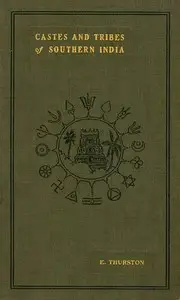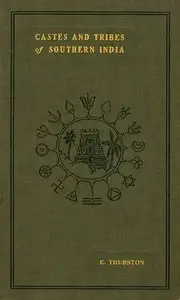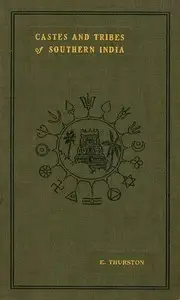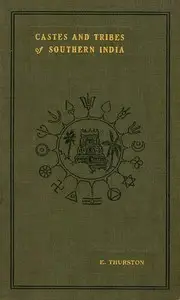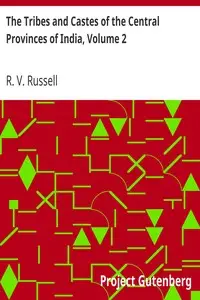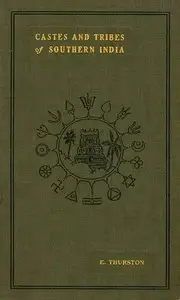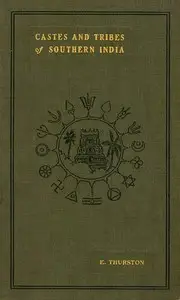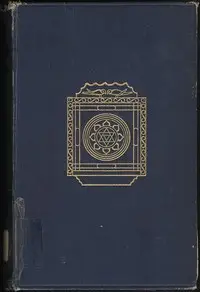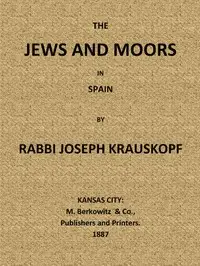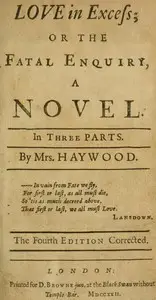"Castes and Tribes of Southern India. Vol. 6 of 7" by Edgar Thurston is an early 20th-century anthropological investigation that shines a light on Southern India's diverse social groups. The volume zeros in on the Palli or Vanniyan caste, exploring their efforts to be recognized as royalty, their customs, and how they fit into India's caste system. Specifically, the book looks at how the caste has tried throughout history to connect themselves with the Kshatriya or warrior class. The author uses old writings and accounts of societal shifts to show how the group's position changed over time, beginning as powerful leaders and eventually becoming farm workers. The book explores caste dynamics and rituals involving marriage and religion throughout, especially how they relate to the Mahabharata.
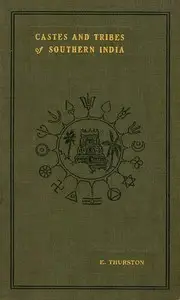
Castes and Tribes of Southern India. Vol. 6 of 7
By Edgar Thurston
Uncover the story of a Southern Indian caste's quest for royal status, complete with ancient rituals and shifting social roles.
Summary
About the AuthorEdgar Thurston was the British Superintendent at the Madras Government Museum from 1885 to 1908 who contributed to research studies in the fields of zoology, ethnology and botany of India, and later also published his works at the museum. Thurston was educated in medicine and lectured in anatomy at the Madras Medical College while simultaneously holding a senior position at the museum. His early works were on numismatics and geology, and these were later followed by researches in anthropology and ethnography. He succeeded Frederick S. Mullaly as the Superintendent of Ethnography for the Madras Presidency.
Edgar Thurston was the British Superintendent at the Madras Government Museum from 1885 to 1908 who contributed to research studies in the fields of zoology, ethnology and botany of India, and later also published his works at the museum. Thurston was educated in medicine and lectured in anatomy at the Madras Medical College while simultaneously holding a senior position at the museum. His early works were on numismatics and geology, and these were later followed by researches in anthropology and ethnography. He succeeded Frederick S. Mullaly as the Superintendent of Ethnography for the Madras Presidency.

